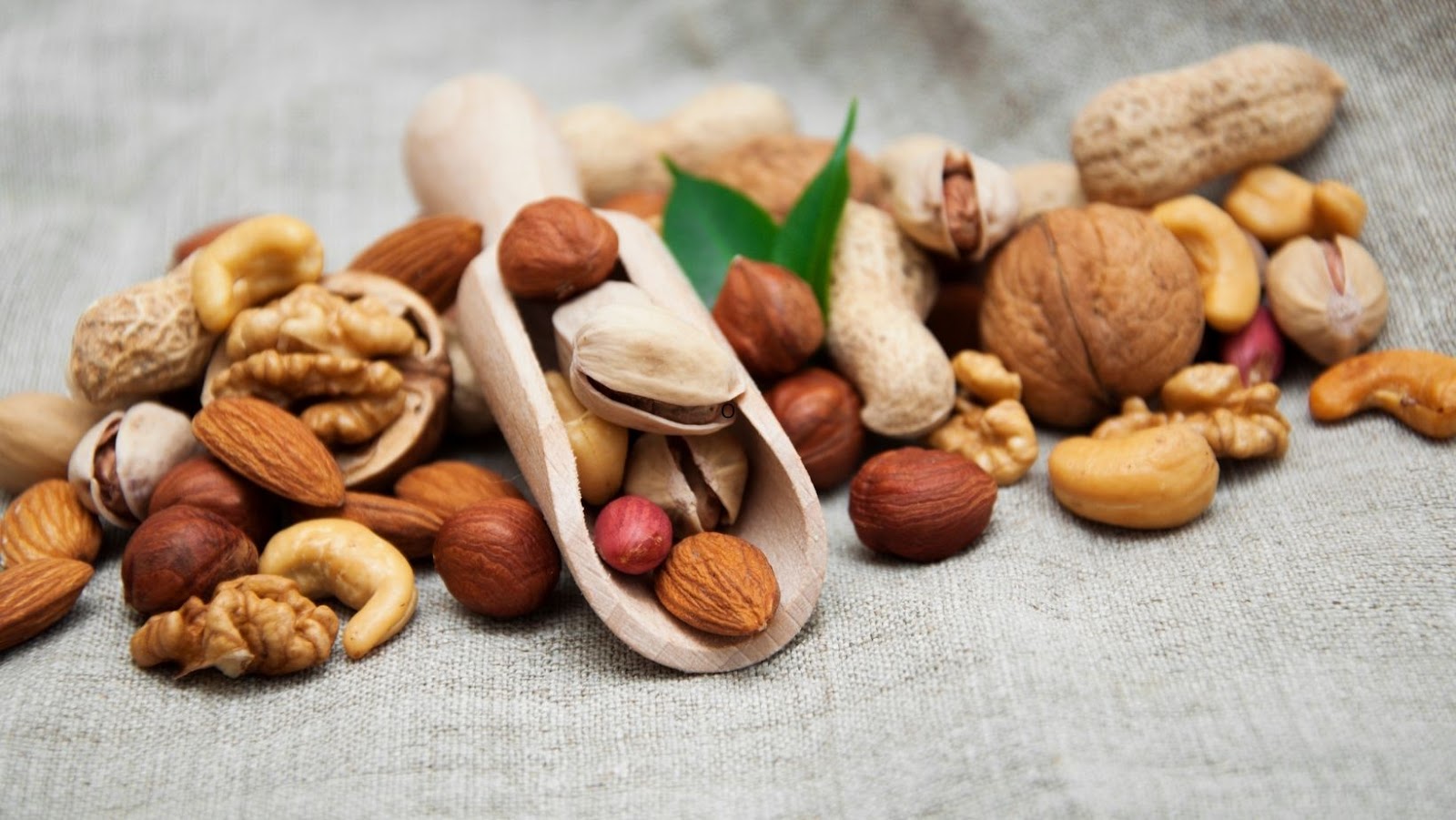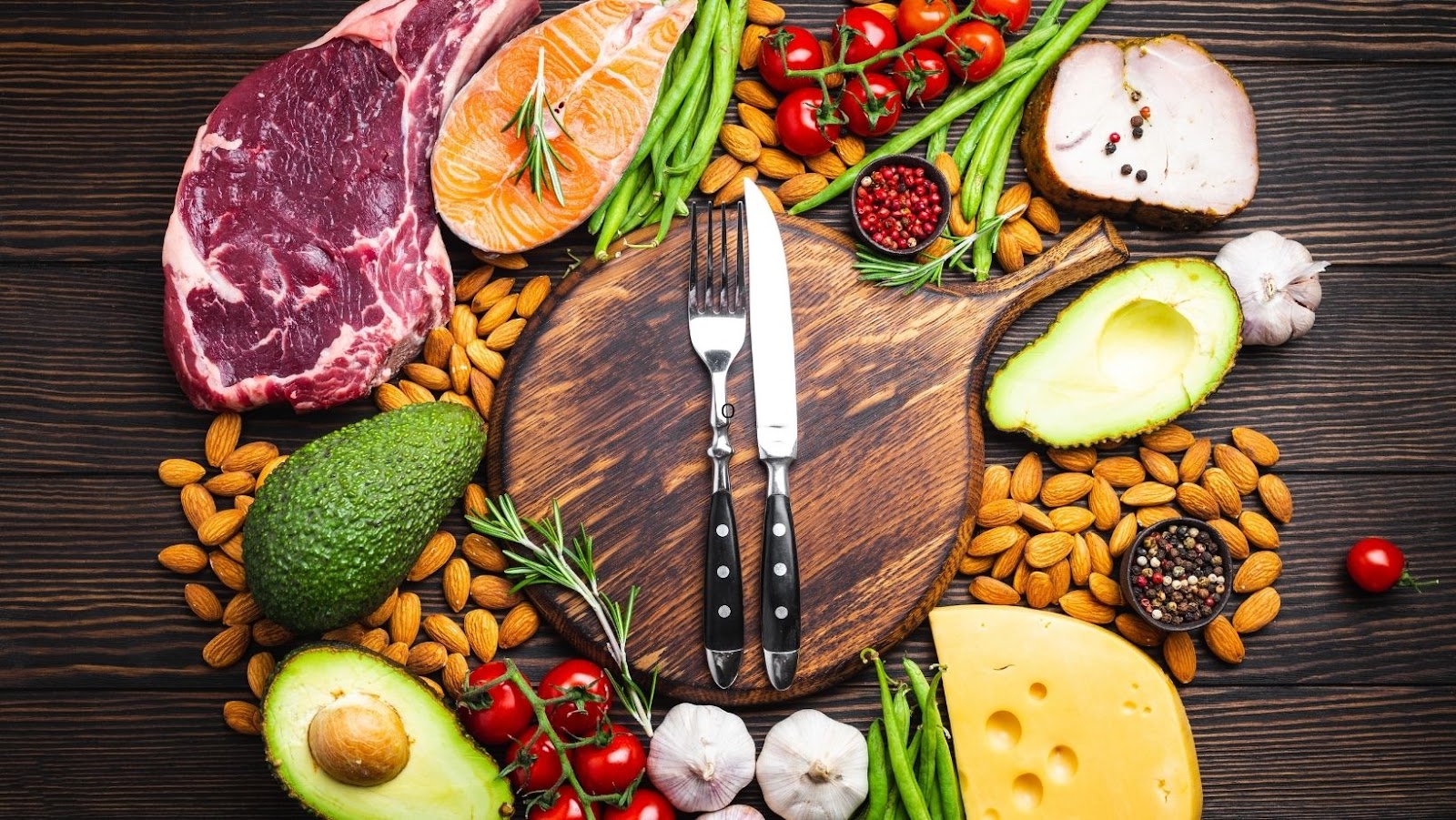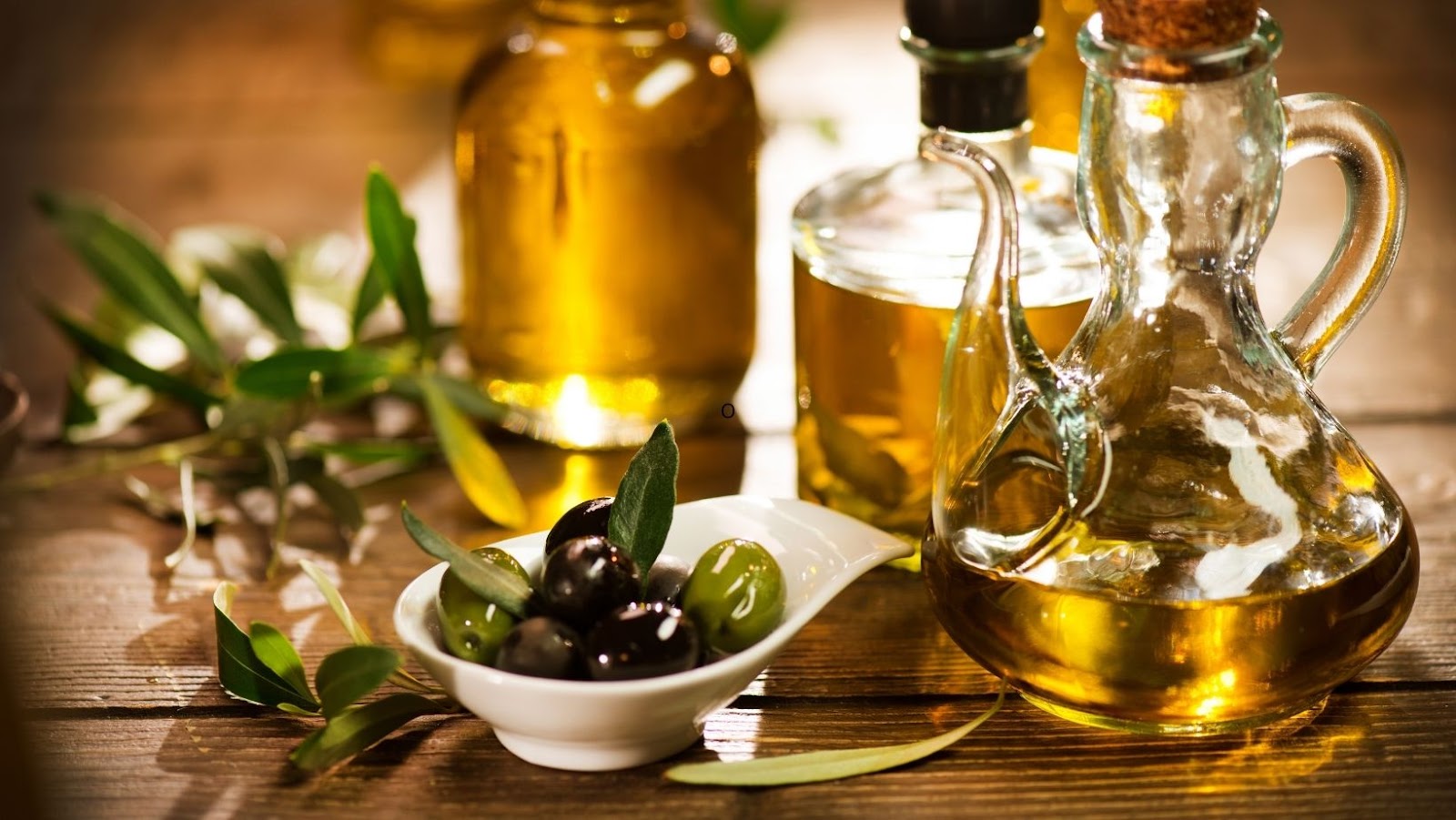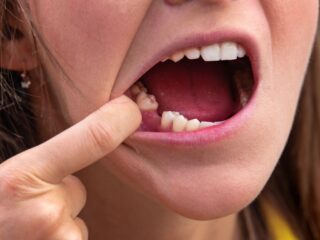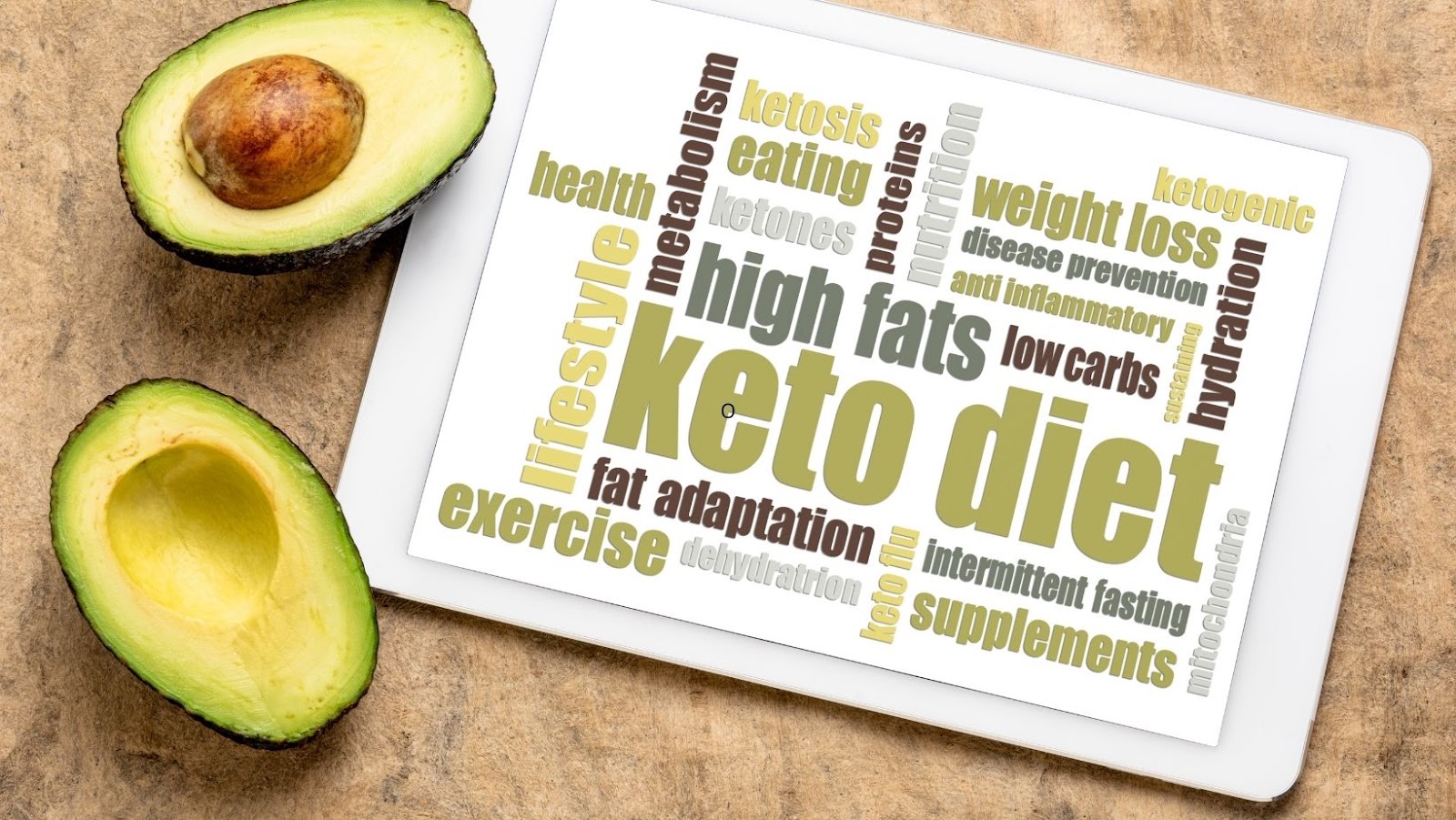
The ketogenic diet is a popular nutrition plan that involves significantly reducing your consumption of carbohydrates and replacing the resulting energy deficit with fats. Consuming the right balance of protein, carbs, and fat is essential to achieving the desired results on a keto diet.
Getting enough fat is especially important when it comes to keeping up with your keto goals. This article will provide helpful tips for troubleshooting when you find yourself struggling to get enough dietary fats to reach optimal levels and remain in a state of nutritional ketosis. We will discuss strategies for calculating your current fat intake, identify simple but significant changes you can make to increase fat consumption, and suggest foods that can help you quickly boost your intake without sacrificing flavour or satisfaction.
How to get enough fat on keto diet
A keto diet is a very low-carb, high-fat diet that has become popularised in recent years. In this type of diet, instead of relying on carbohydrates for energy, the body burns fat for energy. The result is the body enters a state of “ketosis” which is where the body breaks down fat into molecules known as ketones which can be used as an alternate fuel source. This type of diet has been found to help with weight loss and an overall healthier lifestyle.
It can be challenging to get enough fat while following a keto diet because it relies heavily on consuming foods that are high in healthy fats such as avocado, nuts, seeds and oil. It can be hard to track when following a keto diet due to confusion about which foods are considered “keto friendly” and which other foods should be avoided.
To make sure you’re getting enough fat on your Keto diet, there are several troubleshooting tips you can use to ensure that you remain successful in your path towards better health:
1. Make sure to pay careful attention to portion sizes – A common mistake people make while starting out on their Ketogenic journey is not accurately measuring out portion sizes. This can lead to overeating and undermining your progress towards health goals.
2. Stick with tried-and-true Keto-friendly ingredients – To eliminate confusion around what ingredients may or may not help you stay within the guidelines of a Keto Diet, it’s helpful to stick with the tried-and-true sources of healthy fats such as avocado, nuts, seeds or oil like olive or coconut oil. Opting for these items over more processed food items will help keep things simple during snack time.
3. Cook with coconut oil – Coconut oil is another great source of healthy fats that taste great when cooked with and packs some additional flavour into meals compared to other oils without compromising nutritional value!
Understanding Fat Intake on the Keto Diet
The keto diet is a great way to lose weight, while still allowing you to eat delicious food. The key to success with the keto diet is understanding and adhering to the right ratio of fat, protein, and carbohydrates. Getting enough fat on the keto diet is essential for getting into ketosis, which is the metabolic state required for fat-burning and weight loss. In this article, we’ll look at some tips on how to get enough fat on the keto diet.
Macronutrient Breakdown
It is important to understand the macronutrient breakdown of a Keto diet before you start to troubleshoot getting enough fat. On the Keto diet, approximately 70-80% of your total daily calories should come from fat, 15-20% protein, and 5-10% carbohydrates. Generally, this equates to 100g of fat per day or 700-900 calories from fat on most 2,000 calorie diets.
Fatty meats like beef and pork are some of the best sources of energy on a low carb or Keto diet but some other sources good sources of healthy fats include: nuts (like macadamias and cashews), nut butters (almond or peanut), avocados, olive oil, coconut oil and butter. Additionally, adding high-fat dairy products such as whole milk can also add more healthy fats to your diet. Eating whole eggs is another way to increase your healthy fats for an easier time following the keto macros.
It is important to be aware that some plant oils contain hidden sugar that can work against reaching ketosis — including sunflower oil, safflower oil (uses partially hydrogenated oil) vegetable oil and corn oil (high omega 6 content). Choosing healthy fats like those mentioned above will help get enough fat in your diet without compromising the integrity of a ketogenic metabolism and ensure you stay in ketosis for optimal health results.
Sources of Fat on a Keto Diet
When following a ketogenic diet, it’s essential to include sufficient amounts of healthy fats in your meals. Too little fat could speed up the process of hunger and cravings which may lead to a decreased adherence to the diet in the long run. On the other hand, too much fat may also cause digestive distress as your body could feel overloaded with excessive fat intake. Therefore, it is important to find the perfect balance between high fat and moderate protein so you can feel full for longer without getting an upset stomach.
There are many sources of healthy fats that you can include on a ketogenic diet such as avocados, nuts and seeds, olive oil, coconut oil, butter and ghee (clarified butter). Animal sources are great on a keto diet as they contain saturated and monounsaturated fats which are key for producing more energy while keeping your insulin level low. Foods such as cheese, cream cheese, sour cream and full-fat yoghurts are some of the most popular dairy choices. Beef, pork and lamb are also excellent options if you consume meat. It is recommended that you look for organic animal products with more omega-3 fatty acids like wild-caught salmon or grass-fed beef/lamb.
In addition to these sources of fats from animal origin or regular food items that come from plant sources like avocado mayonnaise or olive oil based salad dressings can be easily added into meals to meet daily requirements for dietary fats without adding too much carbs or proteins in your meals. Some specific supplements known to have beneficial properties like MCT (medium chain triglycerides) oil that can help increase energy levels and boost cognitive performance when taken in moderation. Ultimately having sound knowledge about the ratio of macronutrients is important when creating meal plans on a keto diet so that a sufficient amount of dietary fat is included when restricting carbohydrates level drastically over other macronutrients present in simplest form of food items commonly available around us all!
Troubleshooting Tips for Getting Enough Fat on a Keto Diet
Eating a keto diet can be challenging, especially when it comes to getting enough fat in your diet. In this article, we’ll discuss some troubleshooting tips for getting enough fat on a keto diet. We’ll also discuss why it’s important to get enough fat on a keto diet and what types of fat should be included in your diet. This article will provide you with the information and tools you need to successfully follow a keto diet.
Increase Your Fat Intake Gradually
When transitioning from a higher carbohydrate diet to a keto diet, it is important to allow your body time to adjust and increase your fat intake gradually. The metabolism of dietary fats requires more energy than that of carbohydrates and proteins, resulting in the need for adaptation in order for the body to become efficient at using them as fuel. As such, starting out slowly by incorporating just enough fat into meals and snacks can help to ensure that you do not overwhelm your system resulting in excessive fatigue or nutritional deficiencies.
Additionally, monitoring how you feel can help you assess whether an increase or decrease of one or two types of fats may be required. In particular, after meals that are high in overall fat content, pay attention to your energy levels and feeling of mental alertness throughout the day as indicators of how well your body is responding. Even minor changes can make a big difference when it comes to ensuring optimal health on a keto diet.
Choose High-Fat Foods
Keto diets are high-fat, low-carbohydrate diets that have been found to be particularly beneficial for people with type 2 diabetes, epilepsy, and those looking to lose weight. In order to get enough fat each day on the keto diet, it is essential to eat fatty foods at meals and snack times. Here are some tips for choosing the right high-fat foods:
• Eat whole foods whenever possible – Whole foods like avocados, eggs, nuts and seeds are better choices than processed items like butter or margarine. Whole foods also contain additional vitamins and minerals that help meet your nutrient needs.
• Increase healthy fats – Swap out processed vegetable oils like corn oil or soybean oil for healthier fats like olive oil, coconut oil or ghee. These oils provide monounsaturated fats (MUFAs) – which help lower LDL cholesterol – as well as polyunsaturated fats (PUFAs), which can improve insulin sensitivity and balance cholesterol levels in the body.
• Incorporate fatty fish – Fatty fish such as salmon, tuna and sardines are packed with omega-3 fatty acids – a form of polyunsaturated fat that has anti-inflammatory properties. Aim to eat one serving of fatty fish twice a week to help satisfy your fat cravings while simultaneously meeting your nutrient needs.
• Don’t forget avocado – Avocado is one of the most versatile fruits on the keto diet; you can use it in smoothies, top salads with it or blend it up in guacamole dip! Plus avocados contain MUFAs in addition to monounsaturated oleic acid which helps regulate hormones associated with hunger cravings and weight gain.
Getting enough fat on a keto diet doesn’t have to be difficult; by incorporating the tips above into your plan you’ll be able to get the important nutritional building blocks you need for success without missing out on flavours you love!
Incorporate Healthy Fats Into Your Meals
Achieving the proper fat ratios while following a keto diet can be a challenge. A key part of ensuring that you’re getting enough fat is to incorporate healthy fats into your meals. Healthy fats are a good source of energy and have many other health benefits such as increased brain activity, decreased inflammation, hormone balance, and improved heart health.
Including healthy fats in your meal plan is not only important for meeting your daily fat intake goals, but also helps create more satisfying meals with higher nutritional value and longer-lasting effects of satiety. Healthy sources of dietary fat that you can incorporate into your keto diet include:
* Avocado
* Olives
* Coconut oil
* Flaxseed oil
* Olive oil
* Grass-fed butter
* Nuts (almonds, walnuts, etc.)
* Seeds (hemp, chia, sesame etc.)
* Full-fat dairy products (yoghourt, cheese)
You may want to experiment with different types of oils and seeds to see which ones provide the most flavour and satisfaction for you. If needed or desired, adding healthy fats in moderate amounts to carby or starchy meals or snacks can help boost the total fat content even further. Additionally if needed, it’s OK to include small amounts of low-carbohydrate sweeteners in certain recipes—just make sure it does not sabotage your overall macro goals!
Use Healthy Fats as Toppings
Healthy fats can be used as a great way to get enough fat into your diet on the keto diet. Many high-fat foods can be used as condiments, dressings and toppings to add flavour and variety to your meals.
Examples of healthy fat toppings include:
-Extra virgin olive oil (EVOO)
-Avocado oil
-Coconut oil
-Grass-fed butter
-Mayonnaise (made from an oil such as avocado or olive)
-Unsweetened nut butters, like almond butter or cashew butter
By adding these fats to meals in various ways, you’re able to boost your daily fat intake without having them as the “main course”. Here are some ideas for using these fats:
• Drizzling EVOO over salads, veggies and proteins. Avocado oil works well too!
• Add grass fed butter or coconut oil when stir frying vegetables or proteins.
• Chopping up fresh avocados and adding them over salads, pastas and other dishes instead of a creamy dressing.
• Using nut butters as spreads for crackers and toast, instead of peanut butter!
It is important to note that there are differences between healthy vs unhealthy fats – make sure you opt for those with the most health benefits. By using a few simple swaps you can get creative in how you get enough fat in your diet while following the keto diet program!
Try Different Types of Fats
When you’re trying to get enough fat in your diet, it is important to try different types of fats. Different types of dietary fat have different health benefits and each plays an important role in keeping you healthy. Some common sources of dietary fats include:
-Monounsaturated fats (MUFAs): These are mainly found in plant-based foods such as nuts, sunflower seeds, avocados, and olives. They are generally beneficial for cardiovascular health and have been associated with a lower risk of coronary heart disease.
-Polyunsaturated Fats (PUFAs): These are higher in omega-3 fatty acids and can be found mainly in fish such as salmon or tuna and in some vegetable oils such as flaxseed or corn oil. They may help reduce inflammation and may also contribute to heart health.
-Saturated Fats: These are primarily found in animal products, but can also be found in some plant-based foods such as coconut oil and palm kernel oil. While these foods should not make up the bulk of your diet, they can be a good source of energy when consumed in moderation.
By including all these different types of fat sources into your keto diet, you will ensure that you get adequate amounts of dietary fat while improving your overall health outcomes. It is important to note that while certain fats may have certain health benefits over others, it is recommended that you keep track of all the total fat intake so that all types are taken into consideration when trying to reach optimal ketosis levels.
Conclusion
In conclusion, getting enough fat on a ketogenic diet can be challenging. To increase dietary fat, use sources that are both rich in quality fats (like avocados, nuts and seeds) and healthy fats (such as extra-virgin olive oil). Be sure to include animal products that are high in saturated fat such as bacon and cheese to get started on the right track with your ketogenic diet. Additionally, be sure to keep track of your intake levels with a rough

